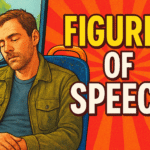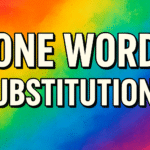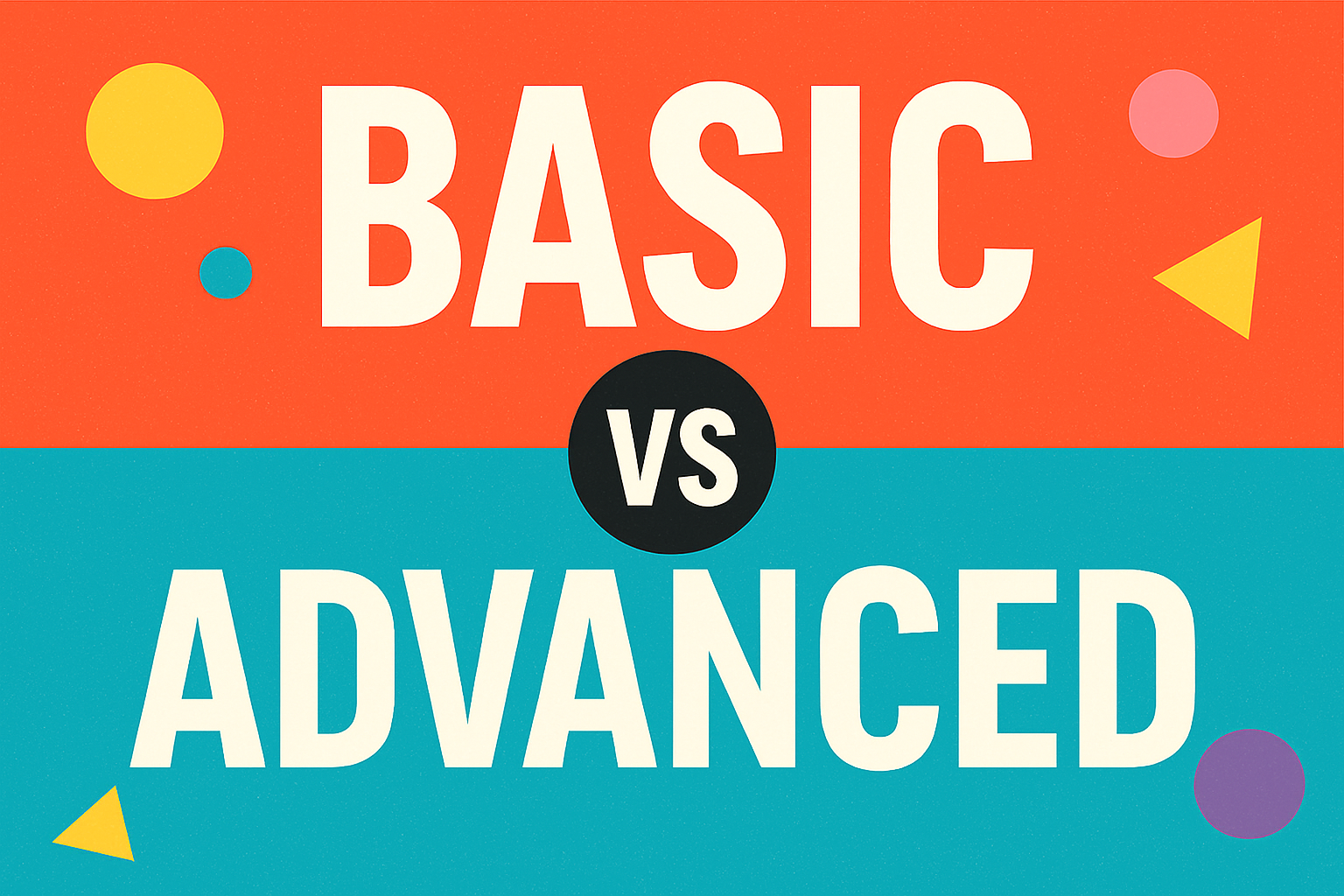A possessive noun is a noun that shows ownership or possession of something. It indicates that a person, place, thing, or idea belongs to or is associated with the noun. In English, possessive nouns are typically formed by adding an apostrophe (‘) and, in some cases, an “s” to the noun. Understanding possessive nouns involves knowing how to form them, their rules, and their usage in sentences. Below is a comprehensive explanation of possessive nouns:
1. What is a Possessive Noun?
A possessive noun demonstrates ownership or a relationship between the noun and something else. For example:
- Sarah’s book (the book belongs to Sarah).
- The dog’s bone (the bone belongs to the dog).
- The company’s profits (the profits belong to the company).
Possessive nouns can refer to physical objects (e.g., “John’s car”) or abstract concepts (e.g., “the team’s success”).
2. Rules for Forming Possessive Nouns
The formation of possessive nouns depends on whether the noun is singular or plural and whether it ends in an “s.” Here are the key rules:
A. Singular Nouns
- Add ‘s to the end of a singular noun, whether it ends in a consonant or vowel.
- Examples:
- Dog → Dog’s bone (the bone belongs to one dog).
- Child → Child’s toy (the toy belongs to one child).
- James → James’s car (the car belongs to James).
- Examples:
- Exception for Names Ending in “s”: For singular proper nouns ending in “s,” you can either add ‘s or just an apostrophe (‘), depending on style guides or pronunciation preference:
- James’s car (preferred in modern English, e.g., AP Style).
- James’ car (acceptable in some style guides, e.g., Chicago Manual of Style, especially if it avoids awkward pronunciation).
- When in doubt, ‘s is the safer choice for singular nouns.
B. Plural Nouns
- Plural nouns ending in “s”: Add only an apostrophe (‘) after the “s.”
- Examples:
- Dogs → Dogs’ bones (the bones belong to multiple dogs).
- Teachers → Teachers’ lounge (the lounge belongs to multiple teachers).
- Joneses → Joneses’ house (the house belongs to the Jones family).
- Examples:
- Plural nouns not ending in “s”: Add ‘s to form the possessive.
- Examples:
- Children → Children’s toys (the toys belong to multiple children).
- Men → Men’s clothing (the clothing belongs to multiple men).
- People → People’s rights (the rights belong to multiple people).
- Examples:
C. Compound Nouns
- For compound nouns (e.g., “mother-in-law”), add ‘s to the entire noun.
- Example:
- Mother-in-law → Mother-in-law’s recipe (the recipe belongs to the mother-in-law).
- Example:
D. Joint vs. Separate Possession
- Joint possession (when two or more nouns share ownership): Add ‘s or ‘ to the last noun only.
- Example:
- Tom and Jerry’s house (Tom and Jerry share the same house).
- Mary and John’s project (Mary and John worked on the same project).
- Example:
- Separate possession (when each noun has its own possession): Add ‘s or ‘ to each noun.
- Example:
- Tom’s and Jerry’s cars (Tom and Jerry each have their own cars).
- Mary’s and John’s books (Mary and John each have their own books).
- Example:
E. Inanimate Objects
- Possessive nouns can also be used with inanimate objects to show possession or association, though some style guides prefer using “of” for inanimate objects in formal writing.
- Examples:
- The car’s engine (the engine belongs to the car).
- The table’s legs (the legs belong to the table).
- Alternative (formal): The engine of the car, the legs of the table.
- Examples:
- However, using possessive nouns with inanimate objects is common in everyday English, especially when the relationship is clear.
3. Special Cases and Exceptions
A. Possessive Nouns with Time and Distance
Possessive nouns are often used with expressions of time or distance to indicate duration or extent.
- Examples:
- A day’s work (work lasting one day).
- Two weeks’ vacation (a vacation lasting two weeks).
- An hour’s drive (a drive lasting one hour).
B. Possessive Nouns with Organizations or Groups
When referring to organizations, groups, or places, possessive nouns can indicate association.
- Examples:
- The government’s policy (the policy of the government).
- The city’s parks (the parks in the city).
C. Avoiding Ambiguity
In some cases, possessive nouns can cause confusion. To avoid ambiguity, you may rephrase using “of” or other structures.
- Example:
- Ambiguous: The dog’s trainer (is it the trainer of the dog or a trainer who is a dog?).
- Clear: The trainer of the dog or The dog trainer.
D. Classical or Biblical Names
For classical or biblical names ending in “s,” some style guides recommend using only an apostrophe for possessive forms, especially for names with more than one syllable.
- Examples:
- Jesus’ teachings (instead of Jesus’s teachings).
- Moses’ laws (instead of Moses’s laws).
- However, ‘s is also acceptable in modern usage (e.g., Jesus’s teachings).
4. Possessive Nouns vs. Possessive Pronouns
Possessive nouns should not be confused with possessive pronouns, which also show ownership but do not use apostrophes. Possessive pronouns replace nouns entirely.
- Possessive nouns: Sarah’s book, the dog’s bone.
- Possessive pronouns: Her book, its bone.
Common possessive pronouns:
- Singular: my/mine, your/yours, his, her/hers, its.
- Plural: our/ours, your/yours, their/theirs.
Note: The pronoun its (possessive) is different from it’s (contraction of “it is” or “it has”). Similarly, whose is the possessive form of “who,” used for both people and things in modern English.
- Example: The dog whose tail is wagging (correct for animals or objects).
5. Common Mistakes with Possessive Nouns
- Confusing plural and possessive forms:
- Incorrect: The dogs bone (plural “dogs” instead of possessive).
- Correct: The dog’s bone (singular possessive) or The dogs’ bones (plural possessive).
- Misplacing the apostrophe:
- Incorrect: The childrens’ toys (wrong plural form).
- Correct: The children’s toys (correct plural possessive).
- Using apostrophes for possessive pronouns:
- Incorrect: It’s bone (using contraction instead of possessive pronoun).
- Correct: Its bone (possessive pronoun).
- Overusing possessive forms for inanimate objects in formal writing:
- Less formal: The book’s cover.
- More formal: The cover of the book.
6. Examples of Possessive Nouns in Sentences
Here are some examples to illustrate possessive nouns in context:
- Singular possessive:
- The cat’s whiskers twitched as it watched the bird.
- Emma’s essay won first prize.
- Plural possessive:
- The students’ projects were displayed in the hallway.
- The wolves’ howls echoed through the forest.
- Joint possession:
- Anna and Bob’s restaurant is famous for its desserts.
- The Smiths and Johnsons’ party was a huge success.
- Separate possession:
- Anna’s and Bob’s restaurants serve different cuisines.
- The cat’s and dog’s toys were scattered across the floor.
- Inanimate objects:
- The house’s roof needs repairs.
- The movie’s ending was unexpected.
- Time expressions:
- I have a month’s rent saved up.
- It’s only a minute’s walk to the store.
7. Tips for Using Possessive Nouns Correctly
- Check the noun’s number: Is it singular or plural? This determines whether you add ‘s or just ‘.
- Consider clarity: If a possessive noun makes a sentence unclear, rephrase using “of” or another structure.
- Follow style guides: Different style guides (e.g., AP, Chicago, MLA) have slight variations for possessive forms, especially for names ending in “s.” Use the appropriate guide for your context.
- Proofread for apostrophes: Ensure apostrophes are placed correctly and not confused with plural forms or contractions.
8. Practice Exercises
To master possessive nouns, try these exercises:
- Rewrite the following phrases using possessive nouns:
- The car of John → _______________
- The toys of the children → _______________
- The house of Mr. and Mrs. Smith → _______________
- The policies of the company → _______________
Answers:
- John’s car
- The children’s toys
- Mr. and Mrs. Smith’s house
- The company’s policies
- Identify and correct errors in these sentences:
- The dogs’ tail is wagging. → _______________
- Its a beautiful day for the picnic. → _______________
- The Smiths house is for sale. → _______________
Answers:
- The dog’s tail is wagging. (Singular dog, not plural)
- It’s a beautiful day for the picnic. (Contraction, not possessive pronoun)
- The Smiths’ house is for sale. (Plural possessive needs apostrophe)
9. Summary
Possessive nouns show ownership or association and are formed by adding ‘s or ‘ based on the noun’s number and ending. They are used for people, animals, inanimate objects, and expressions of time or distance. Key points to remember:
- Singular nouns: Add ‘s (e.g., cat’s).
- Plural nouns ending in “s”: Add ‘ (e.g., cats’).
- Plural nouns not ending in “s”: Add ‘s (e.g., children’s).
- Joint possession: Add ‘s or ‘ to the last noun.
- Separate possession: Add ‘s or ‘ to each noun.
- Be cautious with apostrophe placement and avoid confusing possessive nouns with contractions or possessive pronouns.
By understanding and applying these rules, you can use possessive nouns accurately and effectively in your writing.







